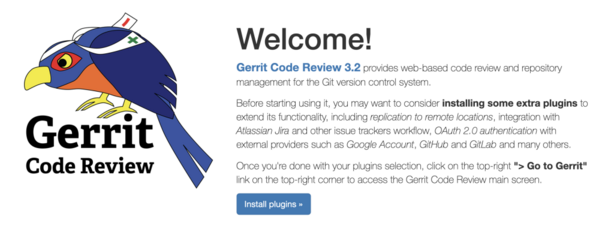Upgrade & Secure Your Future with DevOps, SRE, DevSecOps, MLOps!
We spend hours on Instagram and YouTube and waste money on coffee and fast food, but won’t spend 30 minutes a day learning skills to boost our careers.
Master in DevOps, SRE, DevSecOps & MLOps!
Learn from Guru Rajesh Kumar and double your salary in just one year.

Welcome to the introductory part of Gerrit. In this article, we would cover all the prominent spaces regarding Gerrit, why use Gerrit? About a code review, and some basic Gerrit terminology.
What is Gerrit?
Let’s start with the introduction of Gerrit? Now, take a brief action on Gerrit, it is a source code management (SCM) platform that is like a GitHub, bit bucket, or team foundation server in that it manages multiple repositories, tags, branches, and other git resources for multiple projects. Its version control system is GIT. It provides you with an optional code review workflow and access control on git repositories that store changes before they are committed to repository branches. It is a free open-source development and is used by Google to develop an android operating system. So, it’s free and available, you can easily download it from google.
Why use Gerrit?
Now, we have a second option that comes one after the other why are we using it? There are several patterns or behaviors through which you can judge and manage your possibilities. It provides a lightweight framework for reviewing commits before they are accepted into the GIT repository. One more thing, it is performing that captures the team discussion on code changes through change reviews and is persistent and auditable. It allows flexibility to control team workflows to ensure all code changes go through quality assurance checks. And it manages access controls for GIT repositories, and its web-based interface. After this kind of advancement, developers don’t need any additional tools to interact with Gerrit.
What is a code review?
A code review is a process of quality assurance that involves other reading and checking source code to offer suggestions, recommendations, or approvals performing a code review into two stages the first is the latest commit pushed as a change, and the second is kept in a staging area for a review. And under the second stage that will be merged into the repository when approved. Along with code review consist of various functions like comments, approvals/rejections, code quality verification, additional patches to fix issues, the difference between versions, dependencies, and the changing status.
Gerrit terminology
Here is some Gerrit terminology that may come up:
- Change: A change represents a single commit that is under review. Particular change is identified with a change-Id.
- Patch set: Patch sets are subsequent commits that are attempting to amend an existing change.